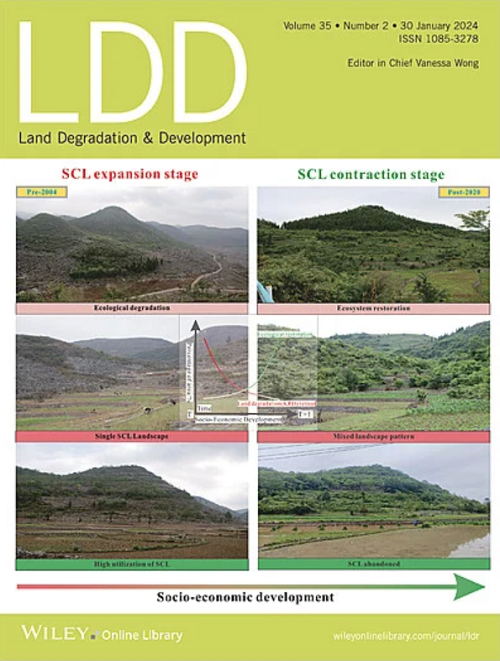Biogas Residue Carbonization Rather Than Biogas Residue Promoted the Yield of Pakchoi and Reduced the N2O Production Potential in Horticultural Soil
Abstract
Biogas residue (BR) and biogas residue-derived biochar (BRC) are widely used as substitute for inorganic Nitrogen (N) fertilizers in vegetable production. Yet, their comparative research on vegetable production and N2O production was still lacking. Here, the pot experiment of pakchoi (Brassica chinensis) with a gradient of BR or BRC application rates (0, 30%, 60%, 100% w/w) was carried out to simulate different N fertilizer substitution rates. The results showed that the pakchoi yield had no difference between BR or BRC and control treatments; BRC had more advantages than BR in maintaining or increasing the pakchoi yield. BR and BRC could all reduce N2O production potential in vegetable soils. But BRC had a stronger ability to inhibit denitrification while BR had a stronger ability to inhibit nitrification compared with each other. The results showed that BR and BRC had different regulatory pathways for pakchoi yield and N2O production. BR regulated the pakchoi yield majorly through nitrification, but BRC majorly through denitrification. It suggested that BR and BRC could partially or completely replace inorganic fertilizers without reducing pakchoi yield. BRC combined with chemical fertilizers was a higher intelligence strategy in vegetable systems to improve pakchoi yield and N2O production compared with BR. It provided a theoretical basis for the application of BR and BRC to nutrient cycling and microbial processes in the soil-vegetable system.

 求助内容:
求助内容: 应助结果提醒方式:
应助结果提醒方式:


